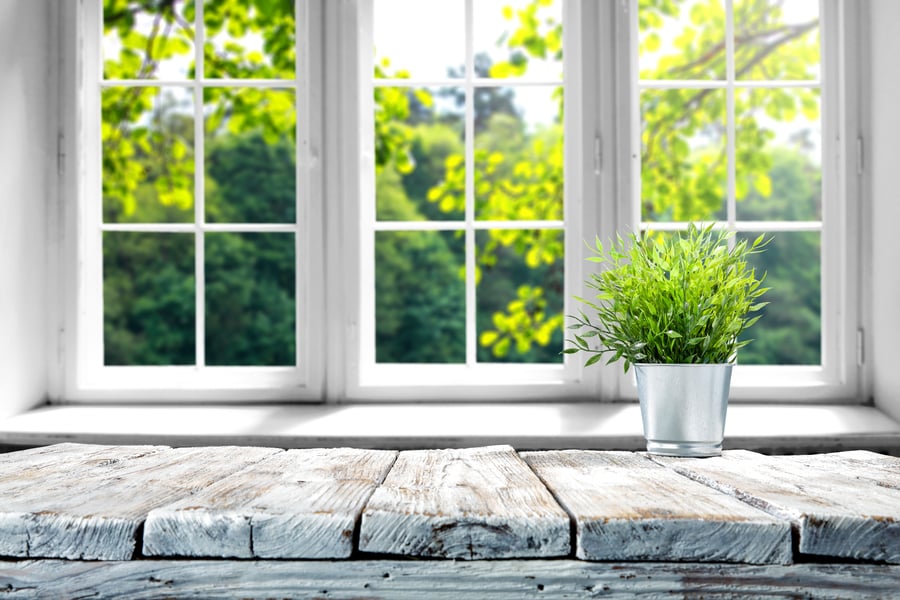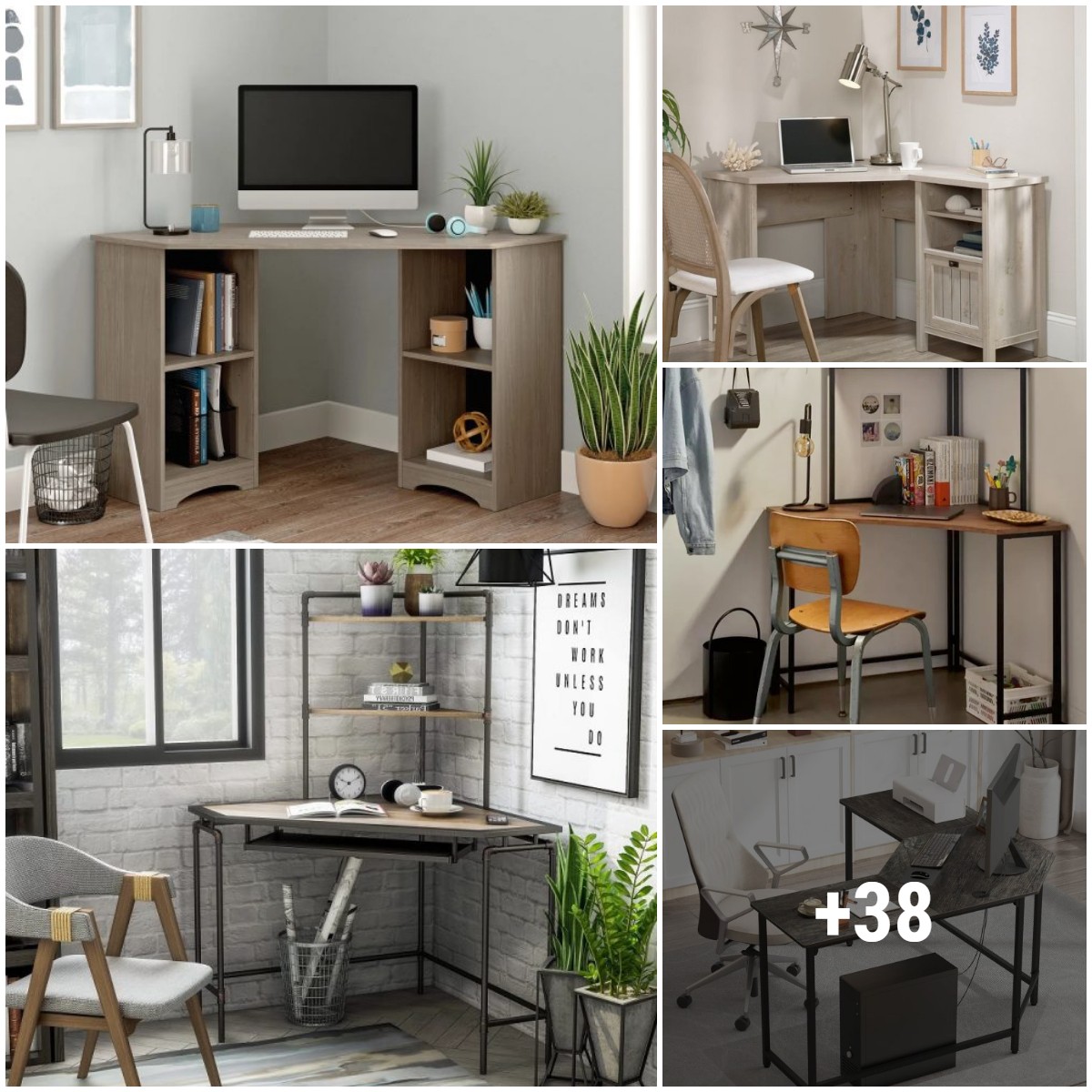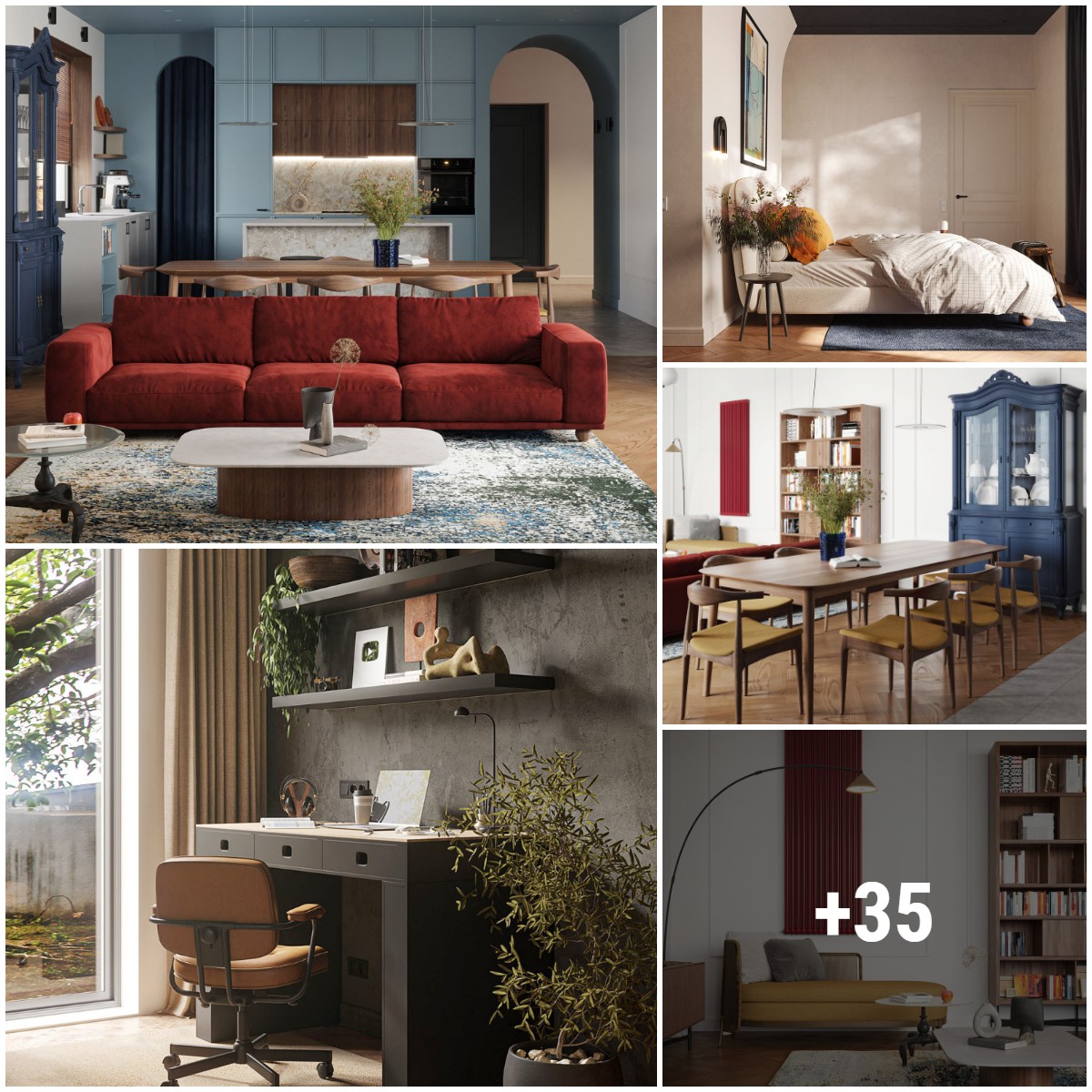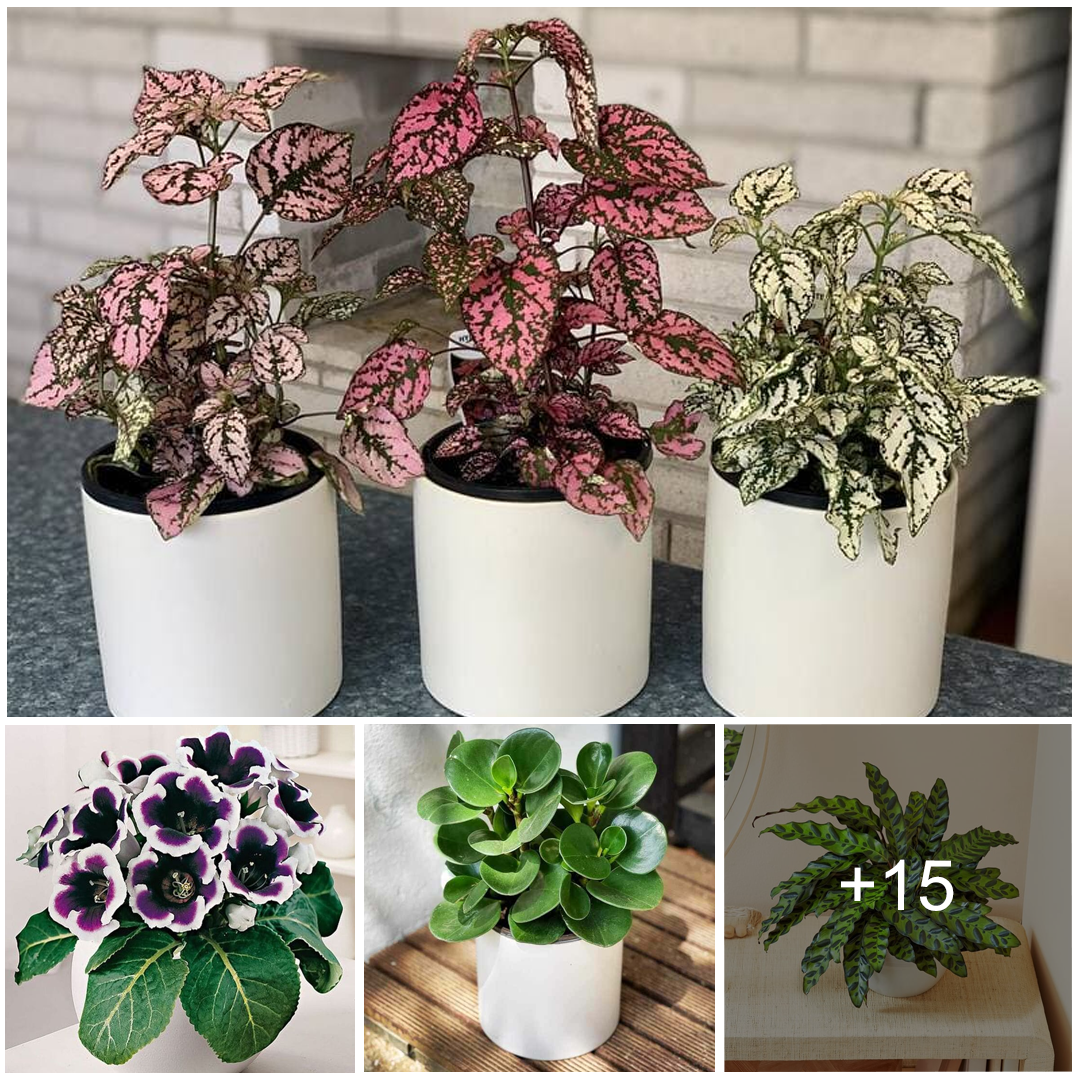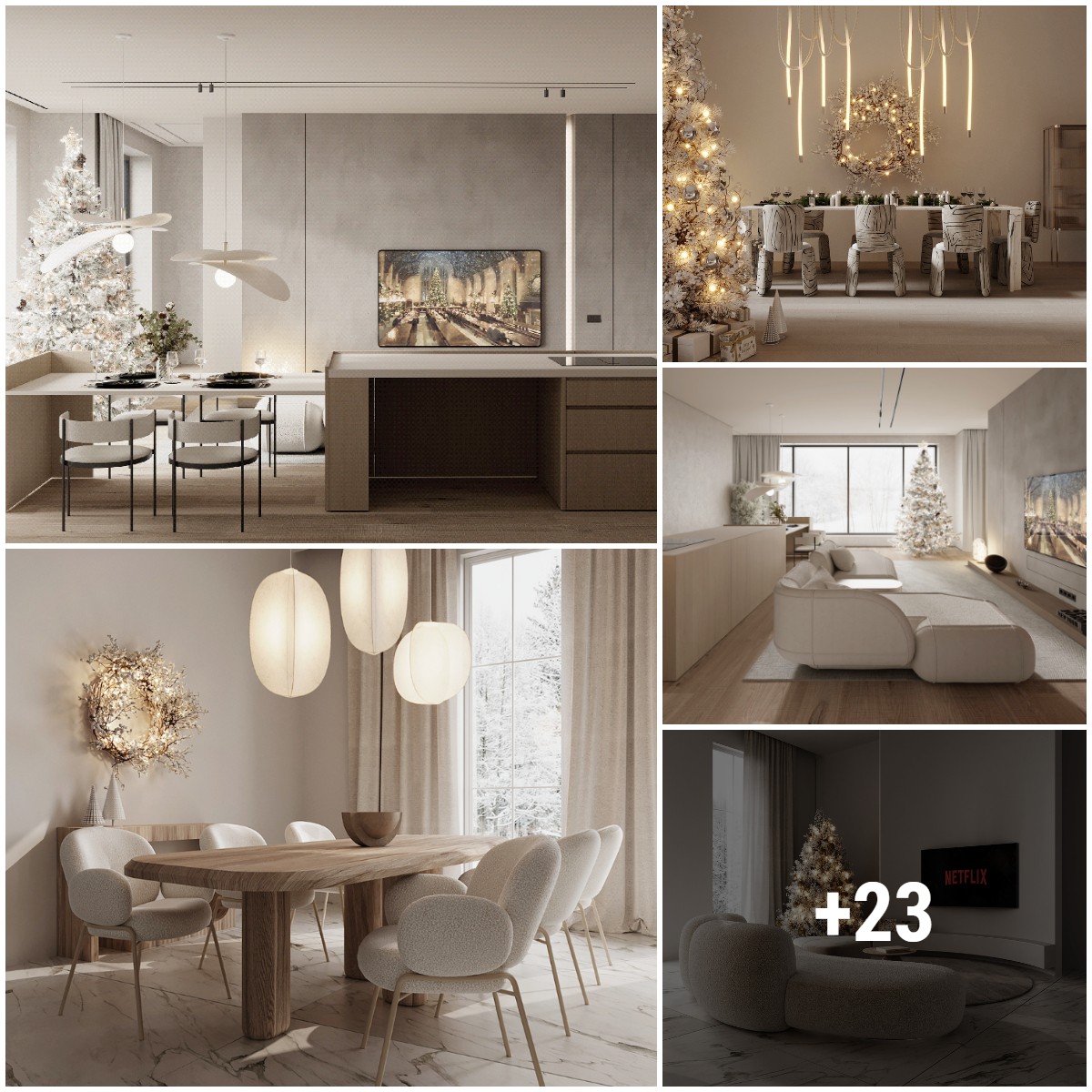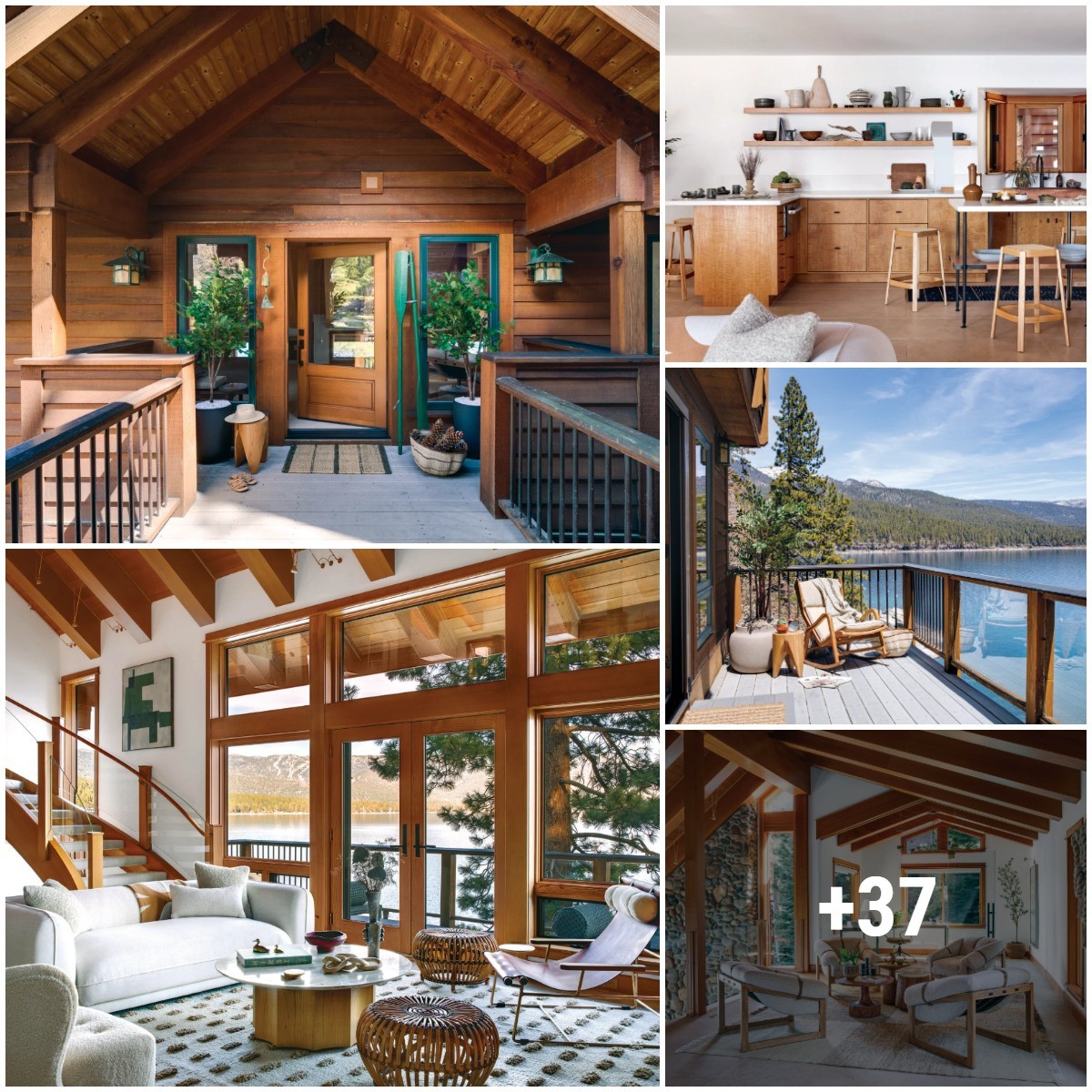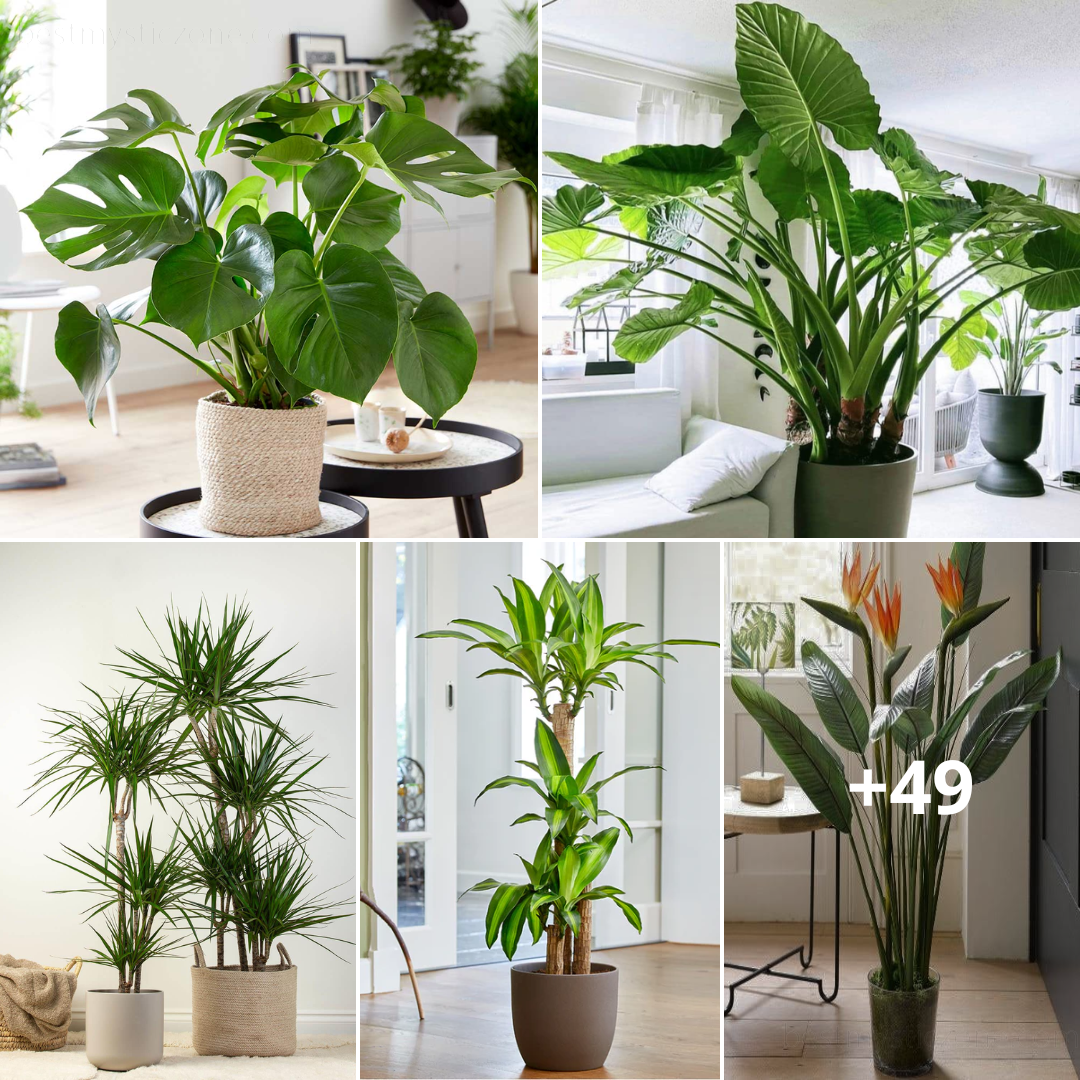Home gardeners, especially those who live in apartments, often worry about not having enough natural light for their plants.
Well, you are in luck, many indoor plants prefer indirect sunlight, especially these plants that grow well in low light conditions.
However, homes with a north-facing window often pose a challenge because they allow less bright light in.
Do not worry, there are many houseplants that can survive in north-facing windows and they are easy to care for.
No Direct Sunlight, No Sweat: 10 Great North Facing Window Plants
We have carefully chosen 10 suitable indoor plants for north-facing windows that will surely thrive and bring additional beauty to your home. You can choose to keep them as potted plants indoors or on the windowsill.
1. Cast Iron Plant (Aspidistra Elatior)
When it comes to choosing plants, the cast iron plant is one of the best plants for north-facing windows. Like its name suggests, Cast irons are virtually indestructible and hardy plants. In fact, this plant has the ability to survive a wide range of conditions and has a huge tolerance for neglect. Too much light can be bad for Cast iron plants, so it is perfect for your north-facing window.
The plant has thick green leaves that arch outward beautifully. Although they grow very slowly, mature plants turn out to be very beautiful if placed in a big container.
Water requirement: Do not water frequently. They only like the soil moist.
Light Requirement: Partial shade, indirect light
Top Tip: Plant in well-draining soil and make sure the soil is completely dry before watering again.
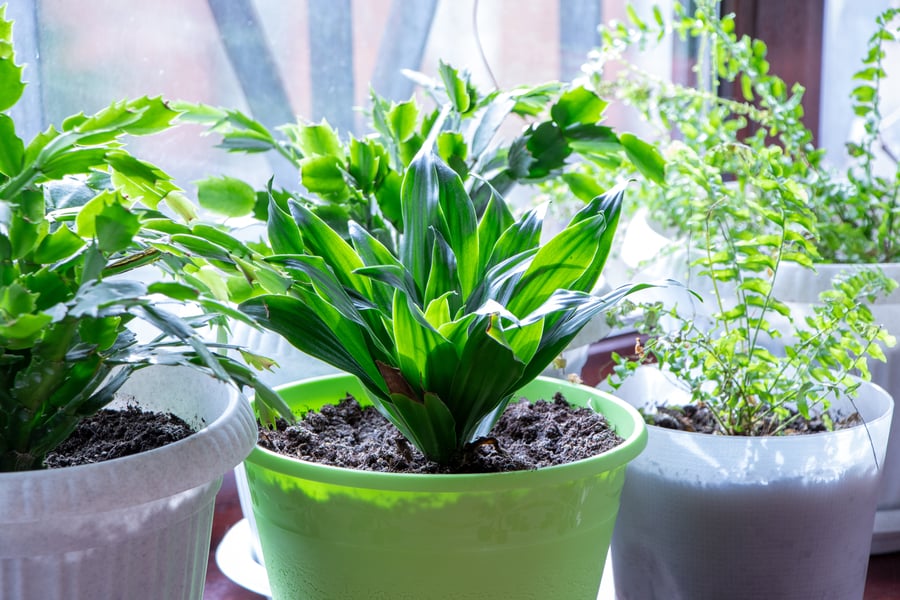
2 Snake Plant (Sansevieria Trifasciata)
The debate on direct vs indirect sunlight matters little to the Snake plant. Yes, it is one of the direct sunlight house plants, but it also does well with little light, making it one of the most popular indoor plants for your north-facing window.
Snake plants thrive easily but one thing to note is not to suddenly move the plant from lower light conditions to direct sun, it can shock the plant.
The snake plant has sword-like leaves shooting out of the soil can grow from 6 inches up to 8 feet tall. The color of Snake plants may vary but they usually have light green banded leaves with a bright yellow border around them.
Water requirement: Cannot tolerate overwatering. Water when soil is almost completely dry.
Light Requirement: Low light to direct light.
Top Tip: Move the plant away from the window during winter. They hate the cold!

3. Spider plant (Chlorophytum Comosum)
The spider plants are named for their pups that they produce during summer, these are grown on long stems and start out as white flowers. Grow them in hanging baskets for dramatic effect.
Spider plants are very easy to maintain, they can tolerate almost any type of condition. They are direct sunlight plants and also indirect sunlight plants. They can survive in low light conditions so will do fine with north-facing windows .They are drought tolerant but they love to be watered constantly. Increase humidity to prevent browning of the tips especially in dry climates.
Water requirement: Water regularly.
Light Requirement: Low light to bright indirect sunlight. No direct sun, it will scorch.
Top Tip: The plant is sensitive to fluoride and chlorine in the water. Use rainwater when possible or distilled water.
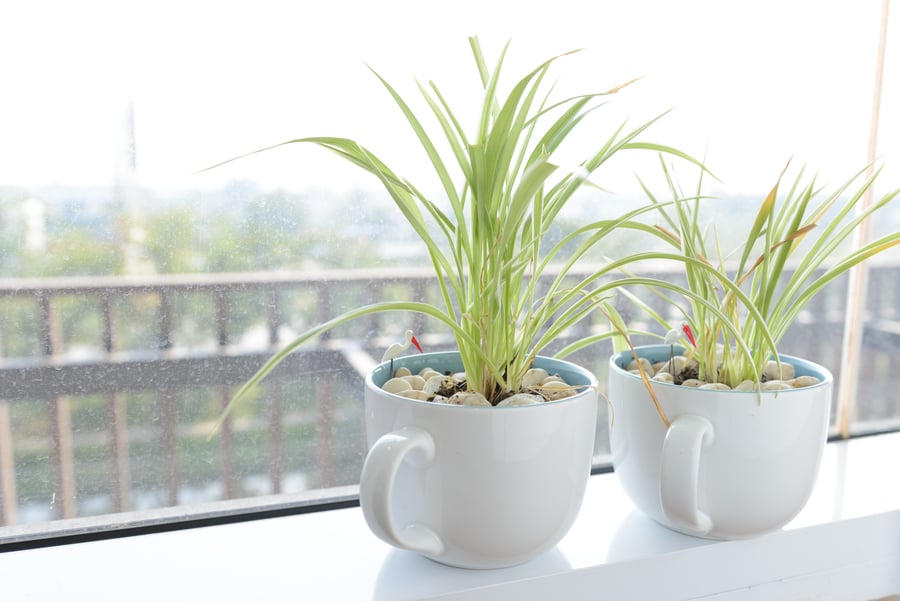
4. Peace Lily (Spathiphyllum Wallisii)
Peace lilies are great choices for north-facing windows plants. Unlike most flowering plants that fall into the category of bright light indoor plants, peace lilies do not need much sunlight.
Flowers usually bloom all year round if you give them enough sunlight, which they can get from a north facing window. Do not worry if you only get one flower or even none, the peace lily tends to grow really slow.
The plant has a unique way of saying it is thirsty, the whole plant dramatically wilts but comes back to life a few minutes after watering it. The plant may be beautiful but it is toxic to humans and animals when eaten.
Water requirement: Water it a lot, but let the soil dry out before watering again.
Light Requirement: Shade
Top Tip: After watering, spritz the leaves with a mist spray to keep the plant hydrated.
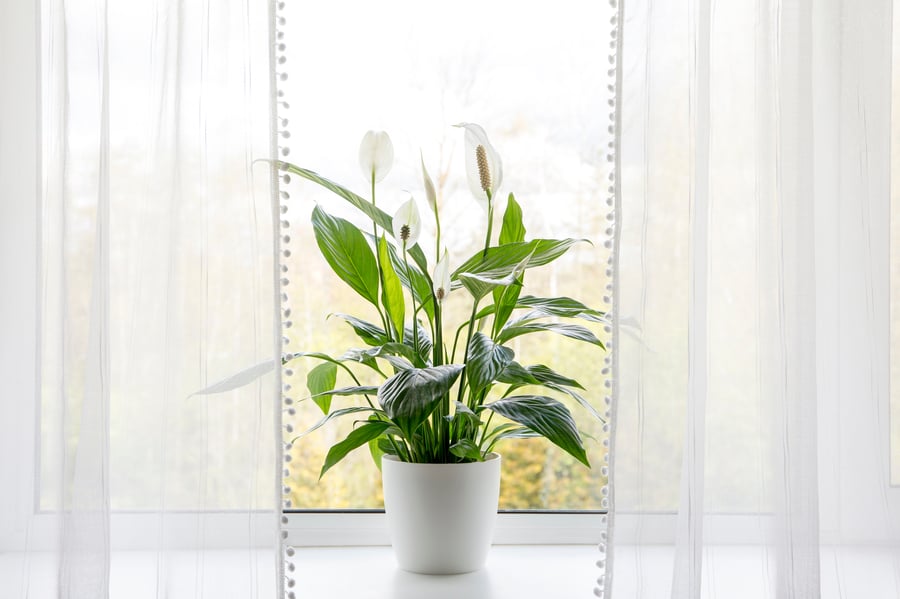
5. Swiss Cheese Plant (Monstera Deliciosa)
The swiss cheese plant is a tropical plant that grows happily in the forests of Panama and Mexico.
Most people know it by its iconic foliage, the large heart-shaped leaves with holes and slits that resembles a slice of swiss cheese. Do note that the holes and slits only appear when the plant is fully mature.
North facing windows are the best-facing windows for plants like the monstera, which can tolerate a low light condition. In fact, due to its very thin membrane, direct sun can burn the exterior and affect plant health.
Therefore windows that face north are the best window direction for plants that enjoy filtered light, similar to what they get in the rainforest as tropical plants.
Water requirement: Do not like overwatering. Water when the top 2 inches of the soil are dry.
Light Requirement: Medium to bright indirect light. No direct sun.
Top Tip: Fertilize monthly with nitrogen fertilizer for stronger leaves.
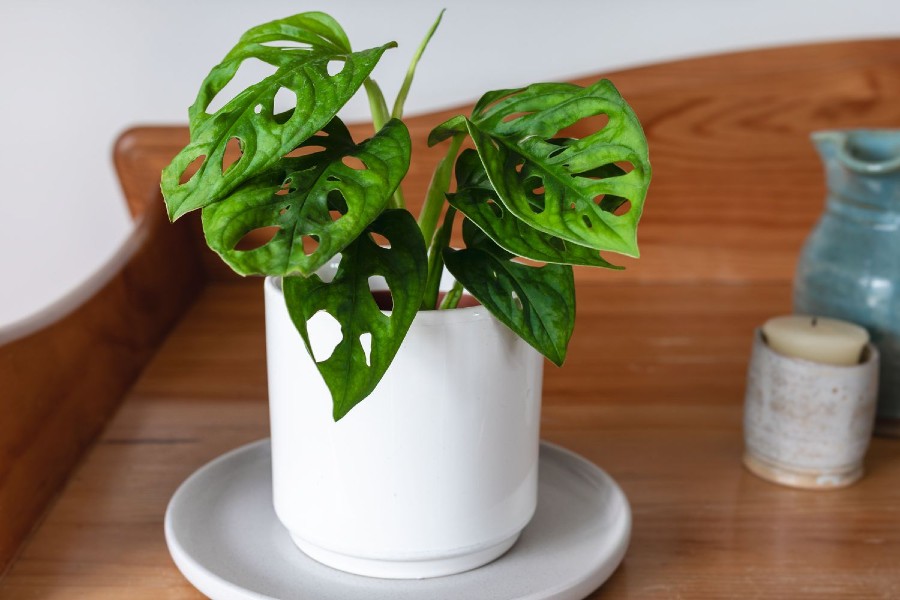
6. Nerve Plant (Fittonia)
The name nerve plant comes from the different colored veins along the dark green leaves of the plant. The veins can either be silver, pink, green or white – which makes for a funky addition to your home.`
Another plant that debunks the ‘indoor plants need direct sunlight’ theory, the Nerve plant loves low light. Do note that it is more temperamental than other low light plants, and grows best in warm and humid conditions with north facing window light.
A fun plant, they are also great plants to place in a terrarium, as they definitely love warm humid conditions inside. Nerve plants love well-drained moist soil, avoid overwatering as it may cause root rot.
Water requirement: Water frequently in well-drained soil.
Light Requirement: Bright indirect light to partial shade
Top Tip: They make great bathroom or kitchen window plants given the extra humidity and heat of such rooms.
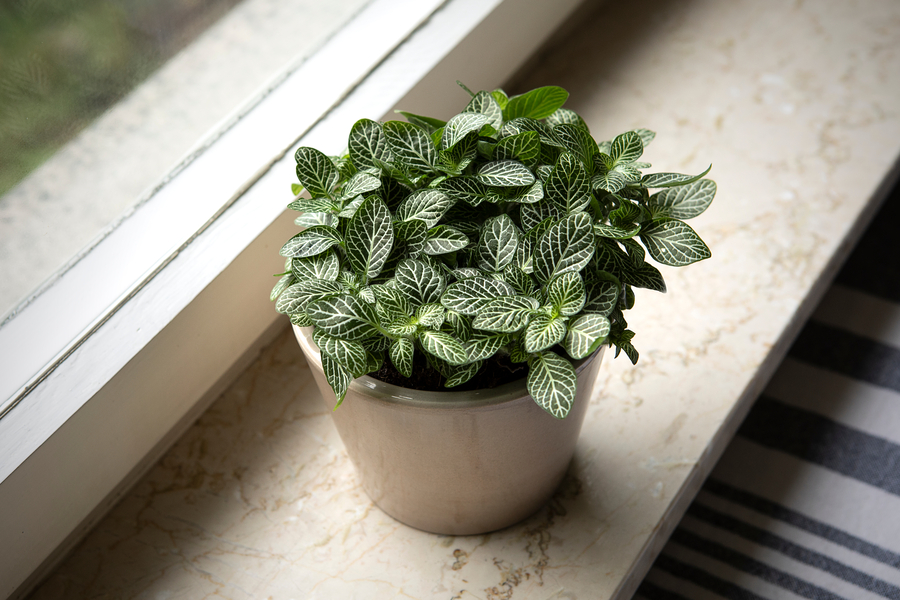
7. Never Never Plant (Ctenanthe)
The Never Never plant simply adores warm and humid environments. Too much sun, however, can cause their lovely leaves to scorch or fade, therefore it is the perfect plant for north-facing windows with low light conditions.
They develop long oval leaves that show off an elegant yellow or white pattern as the plant matures. They have deep purple stems and undersides.
The size of the plant depends on the size of the container, they can grow 1 meter in height. It is a very versatile plant that handles drops in temperature without a problem.
Water requirement: Water a little but often, keep the soil moist.
Light Requirement: Indirect light
Top Tip: Even though the plant can handle drops in temperature, the plant prefers average temperatures to thrive.
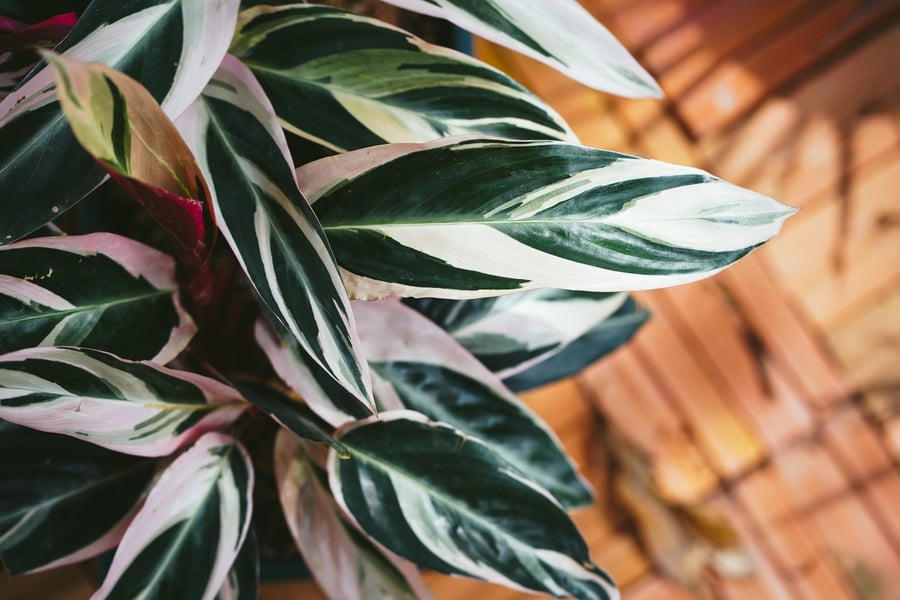
8. Moth Orchid (Phalaenopsis)
The moth orchid will surely be the centre of attention of your north-facing window. This flowering plant can survive in low light conditions and does better in medium or bright indirect light. They can also survive even if you put them in an east-facing window. They bloom a moth-like flower with striking colors that can last for months. The flowers come in blue, green, red, orange, white or pink.
Unlike many other orchids that can be fussy to grow, the moth orchid blooms all year round, and are some of the easiest orchids to care for at home.
Water requirement: Water every 1 to 2 weeks.
Light Requirement: Low light to medium indirect sunlight.
Top Tip: Remove dead flowers right away so that new ones can bloom.
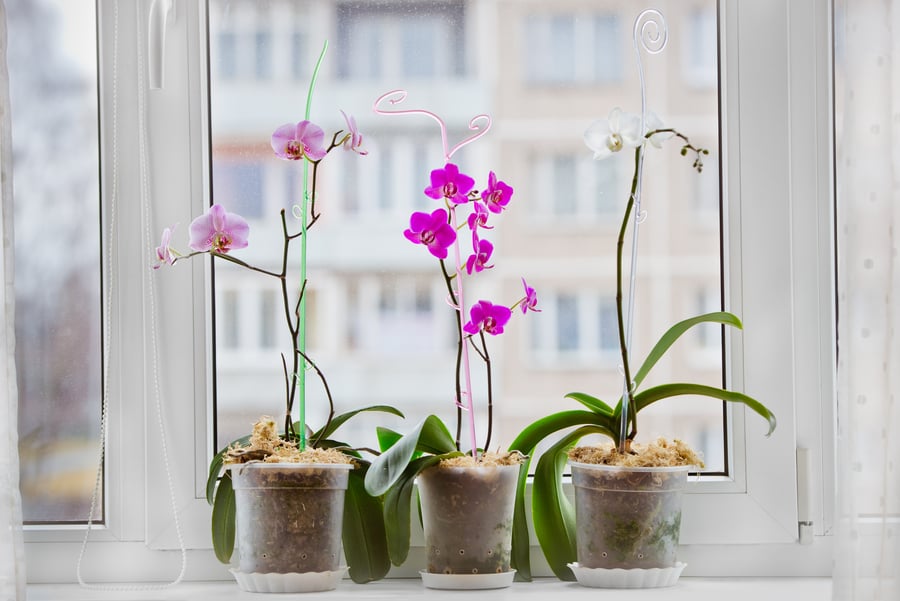
9. ZZ plant (Zamioculcas Zamiifolia)
The ZZ plants grow really well in low indirect light conditions, they can even survive in rooms without windows. While direct sunlight can hurt the plant and scorch its leaves, they are hardy plants that can recover quickly after being neglected.
The plant grows very slowly and a mature plant can be up to three feet in height. Leafy plants with dark green leaves, ZZ is a great low light plant.
Water requirement: Water when the soil is dry. It needs to be watered at least once a month.
Light Requirement: Can thrive in bright indirect light or with artificial fluorescent lights inside offices or apartments.
Top Tip: Use a well-draining potting mix with ingredients like lava rocks or perlite to increase soil aeration.
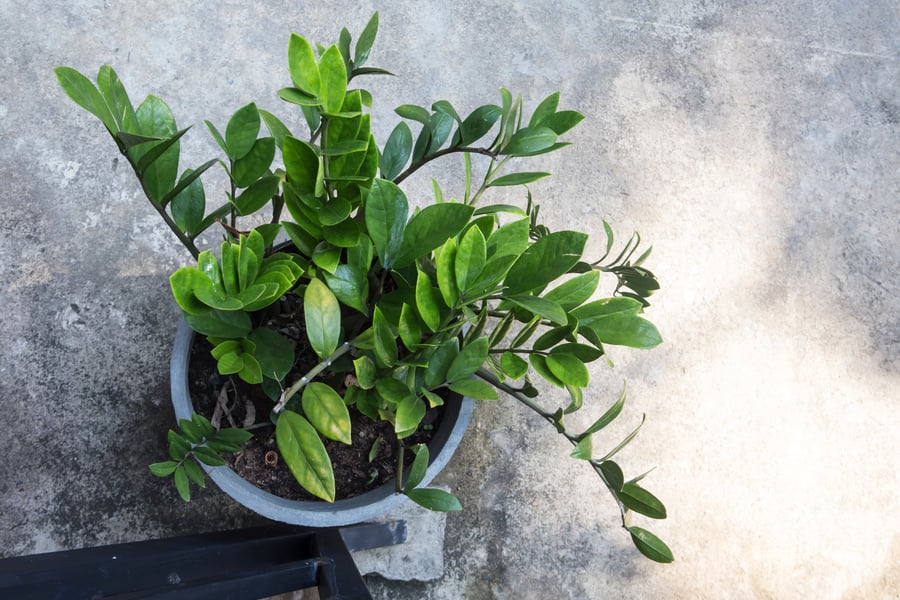
10. Golden Pothos (Epipremnum Aureum)
Golden pothos plants are indoor plants that are easy to take care of. Keeping this plant alive is easy, unlike other indoor plants, they are very versatile and strong. It is perfect to place them in a north-facing window because they prefer filtered indirect light. It grows well in shady and cool environments.
As the plant grows, you will have vines hanging out from the main plant, making it the best plant for dramatic decorating.
Proper maintenance is required because the plant can grow up to 30 feet tall. Be careful of this small windowsill plant and hang them high up with your north-facing window above the reach of animals, as they can be toxic to pets. Checking the toxicity of the plants is also very crucial if you have kids or pets at home, some plants can be very toxic.
Water requirement: Water when soil is dry.
Light Requirement: Shady to bright indirect light.
Top Tip: Pruning regularly is important so that they will not outgrow their container.
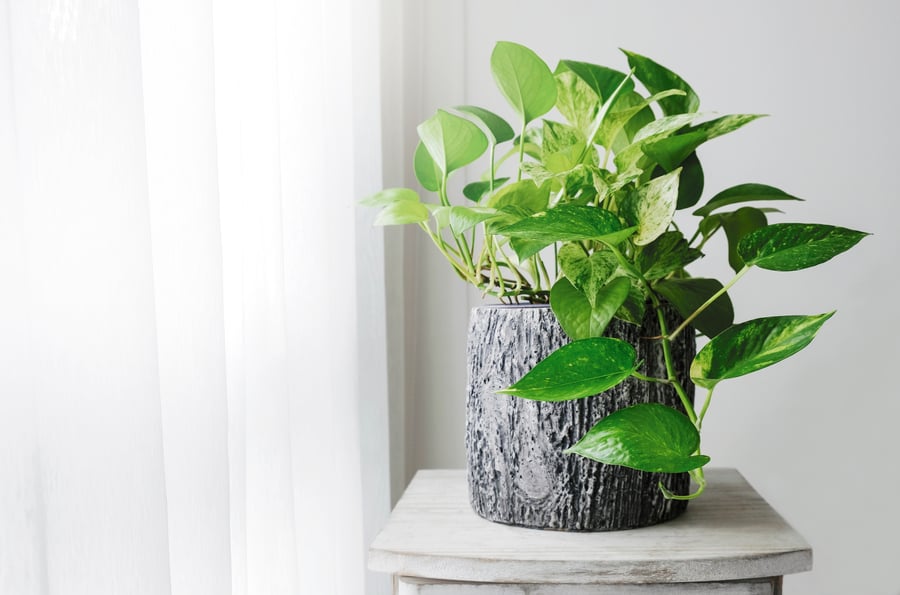
More on Plants for North Facing Windows and Light
North facing windows generally get little sunlight coming through them, unlike south-facing windows that bright sunlight pours strongly into. Northeast facing window plants and northwest window plants will get some sunlight in the mornings and evenings, especially during the summer season.
Yes, plants can thrive with a north-facing window! In fact, such windows let the most consistent amount of light in throughout the day. Plants that love indirect light or filtered light will do best here, additionally, during winter, you can boost the level of light with artificial light.
You simply need to be careful when selecting the plants for north-facing windows. Never put a plant that requires full sun in a north-facing window, they will not survive.
Last Tips on Plants for North Facing Windows
When it comes to indoor gardening and growing plants, understanding the amount of light and type of light that comes through your window is important. Ultimately, the best window for plants is the window you have. If you have windows that face north, work with the situation and be selective of your plants.
Remember that light preference is not the only thing you should consider. To keep your plants happy, healthy, and well, select plants that are suitable for the humidity and temperature levels in your home or office.
Moreover, choosing the best material for your pot is also essential. Fiberglass is tough, versatile, weather-resistant, and low maintenance, all good qualities for pots. Check out our selection of fiberglass pots in a wide range of shapes, sizes, and colours.
